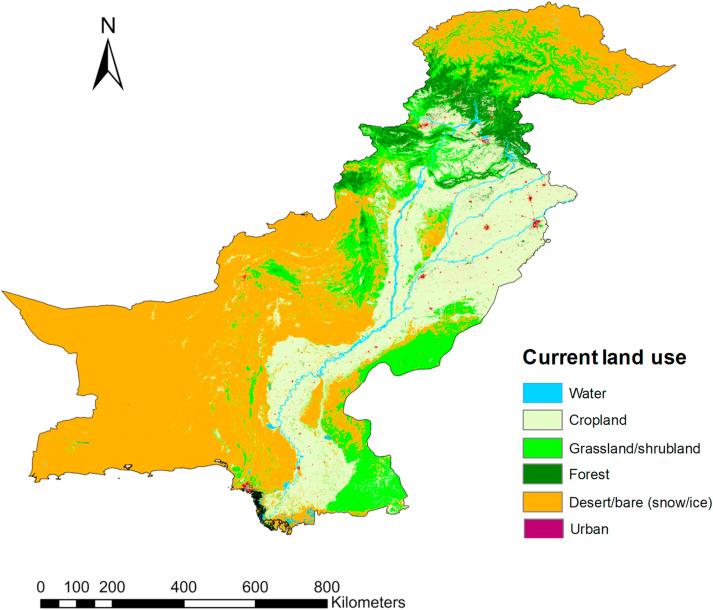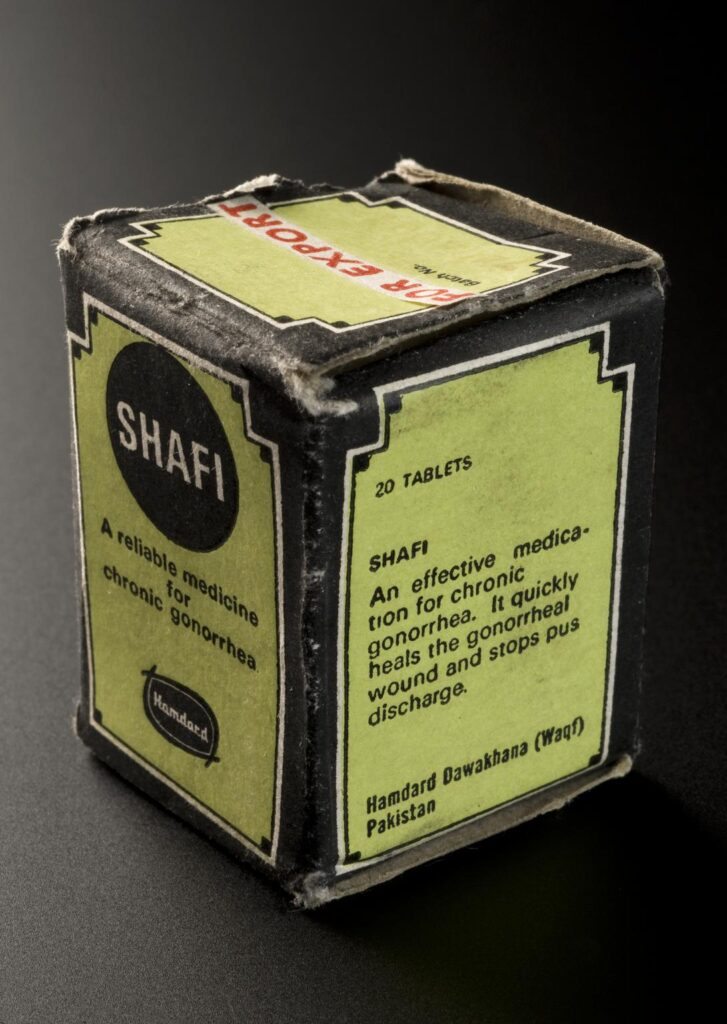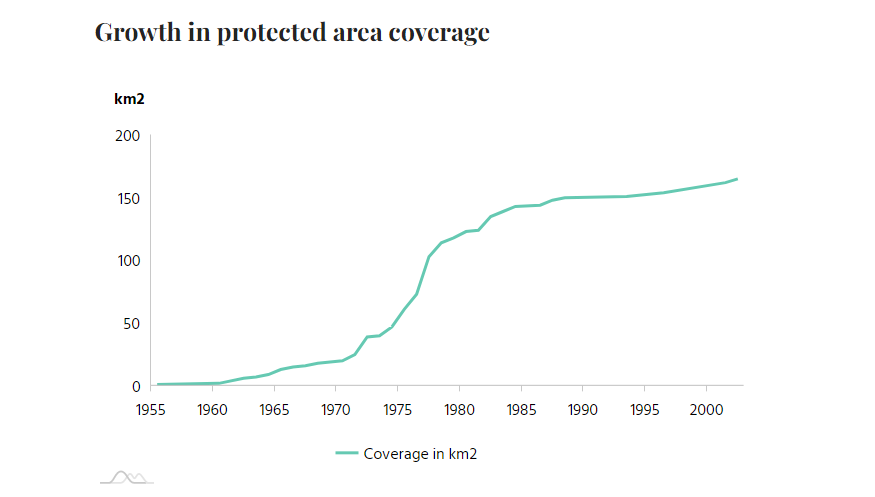Biodiversity refers to the variety of life that may be found in a given place. It includes animals, plants, fungi, and even microbes such as bacteria.
Read more: What Is Biodiversity?
Pakistan has a high level of biodiversity, especially in the arid and semi-arid areas, which account for nearly 80% of the total land area.
Table of Contents
Biodiversity of Wildlife in Pakistan
Biodiversity of Plants in Pakistan
Value of Biodiversity in Pakistan
Threats to Biodiversity in Pakistan
Biodiversity Conservation in Pakistan
Biomes in Pakistan
Biomes are large geographical areas distinguished by their vegetation, soil, climate, and wildlife. Biodiversity exists in all types of biomes, though some biomes are more biodiverse than others.
Read more: Biomes and Biodiversity
Pakistan consists of different types of biomes that play an important role in supporting the country’s wide range of biodiversity. Pakistan’s natural habitats consist of several biomes, including:
- Temperate Deciduous Forests
- Coniferous Forests
- Mangrove Forests
- Grasslands
- Swamp Forests
- Tropical Thorn Forests
- Alpine Tundra
- Desert
- Marine and Coastal
- Lake, Rivers, and Streams
The “Current Land Use” map below shows a high-level view of the range of different land types in Pakistan. While this map is not a complete picture of all the biomes in the country, it still provides a summarized view of the area.

Biodiversity of Wildlife in Pakistan
Pakistan’s wildlife biodiversity includes some of the world’s rarest species. Many of them are considered endemic to Pakistan, meaning that they are native to Pakistan and do not exist elsewhere in the world. It is crucial for endemic species to be protected in Pakistan for they are one of the most vulnerable to extinction.
Reptiles
Pakistan has over 195 species of reptiles,such as crocodiles, lizards, snakes, and freshwater and sea turtles. 13 of them are considered endemic to Pakistan, including the threatened Marsh Crocodiles. There are also 72 snake species in Pakistan where 26 of them are considered poisonous, including the Indian Cobras, Common Kraits, and Saw-scaled Vipers.
Mammals
Pakistan is home to approximately 174 mammal species. Several of them are considered endemic to Pakistan including Yellow Desert Bats, Indus River Dolphins, and the smallest surviving mammal, Mediterranean Pygmy Shrews.
Birds
Pakistan has a total of 668 different species of birds recorded, including Imperial Eagles, Sarus Crane, and Himalayan Monal Pheasant. There are also five different vulture species in Pakistan due to its vast deserts. This includes Bearded Vultures, Egyptian Vultures, King Vultures, Griffon Vultures, and White Backed Vultures.

Biodiversity of Plants in Pakistan
There are about 5700 flowering plant species, with around 400 species or 7.1% of them endemic to Pakistan. The country also has an estimated 3000 taxa and 500 wild relatives of crops, making it a rich source of indigenous crop diversity.
The image below shows the native Pakistan plant called, Dactylorhiza Hatagirea or “Panchaule” which means five-fingered hand.

Value of Biodiversity in Pakistan
Almost 70% of Pakistan’s population lives in rural regions, and a large portion of this population relies directly on the natural services the biodiversity of Pakistan offers.
Every year, these natural services deliver benefits worth hundreds of billions of rupees that are essential to the well-being of Pakistani communities. These natural services include:
- Clean Water
- Fresh Air
- Pollination
- Soil Development and Protection
- Agricultural Pest Control
- Food Supply
- Fuel
- Fiber
- Pharmaceuticals that come from different flora species
The rich biodiversity of flora in Pakistan is the most important medicinal resource in Yunani Tib or Unani Medicine, a traditional medicine practiced in South Asia and modern-day Central Asia.
The image below shows a box of Shafi gonorrhea medicine, an example of Unani medicine used in the 1970s to 1980s.

Originally, wild medicinal plants were used to make up to 40% of allopathic drugs in Pakistan, including the following families of plants:
- Solanaceae, or nightshades
- Asteraceae, or daisies
- Lamiaceae, or mints
- Papaveraceae, or poppies
- Poaceae, or grasses
- Caprifoliaceae, or honeysuckle
- Cucurbitaceae, which includes cucumbers and melons
- Rhamnaceae, or buckthorns
- Rosaceae, or the rose family
Out of the many neuro-medicinal plants in Pakistan, 45.63% were found to be effective to treat insomnia, 31.06% for epilepsy, 12.62% for depression, 6.80% for anxiety, and 5.88% for migraines.
Threats to Biodiversity in Pakistan
Rapid expansion of human populations is putting additional pressure on the country’s natural resource base. Because of increased poverty, rural communities have been driven to exploit biodiversity at unsustainable rates. Deforestation, overgrazing, soil erosion, increased salinity and waterlogging due to increased flooding are all severe threats to the remaining biodiversity in Pakistan.
During the 1990s, the total area of wood forest in the country was 3.3% of the total land area. After two decades, the total area of wood forest remaining was reduced to 2.2%.

Biodiversity Conservation in Pakistan
Pakistan has already initiated a number of collaborative conservation initiatives with various donor organizations, including the World Wide Fund for Nature (WWF). Their primary goal is protecting habitats for both animals and plants. Here are some of WFF Pakistan’s recent conservation actions:
- 6 community-based Pangolin protection areas have been developed.
- 21% of water is conserved due to sustainable cotton production compared to conventional.
- 1,671,637 trees have been planted across Pakistan in 2019.
- With the efforts of WWF-Pakistan, provincial wildlife administrations, and communities in protecting endangered freshwater dolphins, the population of the species showed an increase for the first time.
Currently, Pakistan has 398 “notified” protected areas, including 31 national parks, 92 wildlife sanctuaries, 97 game reserves, 19 wetland reserves, and 160 community reserves.
The image below shows the growth in protected areas in Pakistan per km2 throughout the decades.
